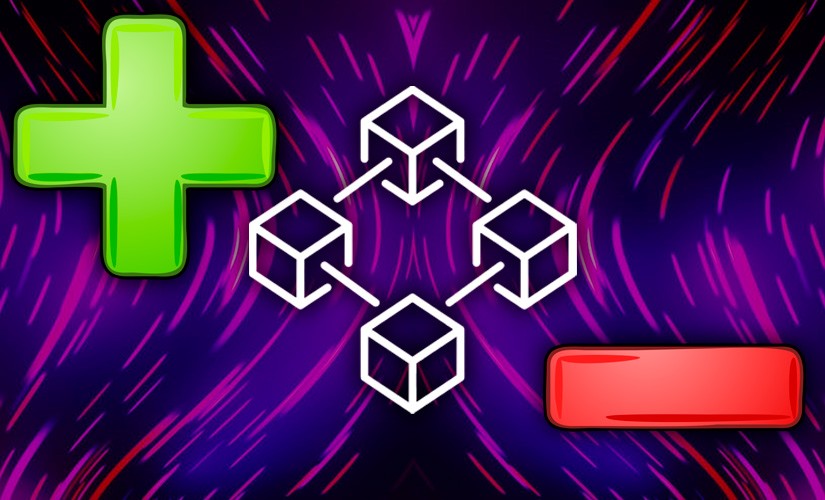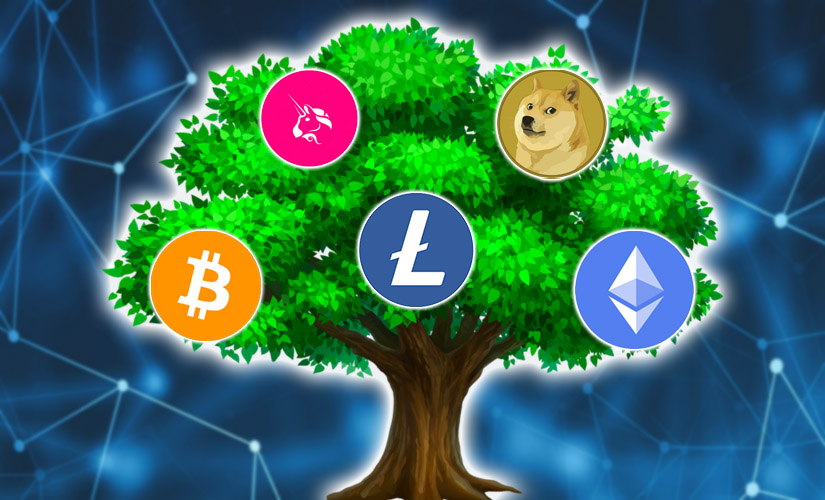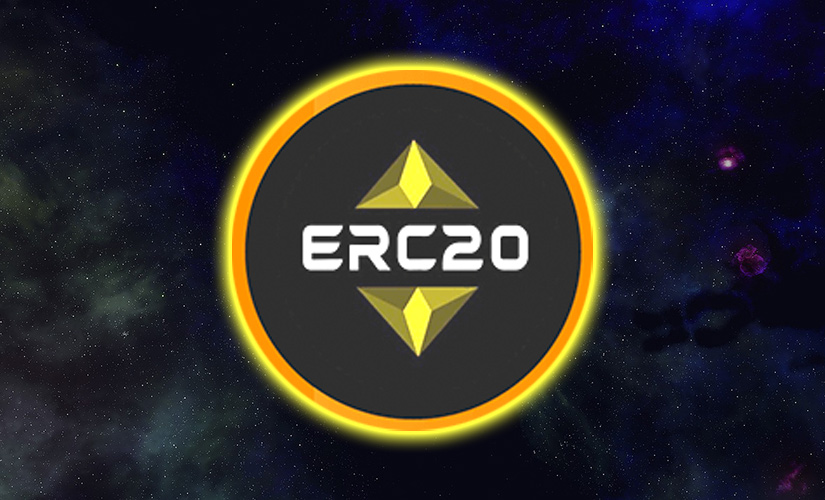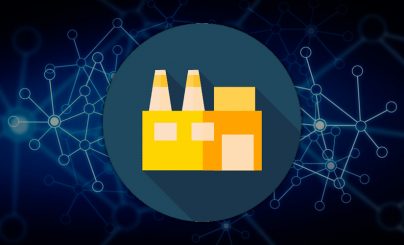
Distributed Ledger is most commonly associated with cryptocurrencies. This technology (DLT) has a wider application. The main function of a blockchain is to store a record of transactions in a chain and distribute them to the nodes of the network. Data housed in a digital ledger is difficult to falsify. This makes the technology one of the most secure ways to contain transactions and service information. In 2023, blockchain in industry is becoming a major tool for storing and transmitting data. States and companies are actively adopting the technology in business.
Benefits of blockchain technology in industry
According to Blockdata, at the end of 2021, 81 of the top 100 companies were already using DLT. All solutions were at stages from pilot launch and project testing to actual production services with employees, partners and customers.
Blockchain in industry captures ownership and confirms the legitimacy of data while keeping it secure.

According to experts, the technology will be fully realized in a few years. But manufacturers are already realizing the benefits of using DLT in their workflows. HP Chief Technology Officer Shane Wall expects to solve the problem of counterfeit parts with its help. He sees the future of manufacturing as follows:
- A 3D printer prints an item.
- A blockchain registers it.
- Once the process is complete, the network is updated, giving the number of original parts produced and a production limit.
There are so many elements, mechanisms, and goods in industry that it is no longer feasible to track their movement using traditional methods. Distributed technology solves this problem by offering companies an interactive activity log and other tools to help them monitor the movement of items between suppliers. This will provide complete transparency and control of production, supporting large enterprises in the marketplace. The applications of blockchain in industry are limitless. The technology will not overturn traditional manufacturing. It will optimize existing processes.
Oil and gas sector
In 2023, companies in the resource industry are adopting DLT and reducing costs. The current challenges of the oil and gas sector and the solutions that blockchain offers are summarized in the table. These concepts are already being applied to businesses.
5020 $
bonus for new users!
ByBit provides convenient and safe conditions for cryptocurrency trading, offers low commissions, high level of liquidity and modern tools for market analysis. It supports spot and leveraged trading, and helps beginners and professional traders with an intuitive interface and tutorials.
Earn a 100 $ bonus
for new users!
The largest crypto exchange where you can quickly and safely start your journey in the world of cryptocurrencies. The platform offers hundreds of popular assets, low commissions and advanced tools for trading and investing. Easy registration, high speed of transactions and reliable protection of funds make Binance a great choice for traders of any level!
| Problem | Solution | Examples of implementation |
|---|---|---|
| Complex workflow. On the way from the production site to the end consumer, oil and gas interact with dozens of counterparties and appear in hundreds of decisions. | DLT creates a unified digital network that captures and automates production processes. | In 2019, IBM and Abu Dhabi National Oil Company launched a blockchain service to record and manage transactions in product trading. |
| Equipment redundancy. Oil and gas producers prioritize accurate quality metrics and anti-fraud. Each company uses its own expensive equipment. | If all measuring devices are connected to a digital network, the parties will be able to get accurate data on the quality of raw materials. This will eliminate duplication of equipment. | In 2018, Quisitiv introduced a platform that measures raw material metrics, captures them in a distributed registry, and provides the data to the parties to the transaction. |
| Long supply chains make it difficult to trace the origin of raw materials and require high administrative costs. | With DLT and smart contracts, oil and gas sources can be monitored and information can be collected into a single data pool. | Maersk and IBM have created a universal platform that tracks raw material shipments by sea transportation routes. |
| Tata Consultancy Services has identified data leakage, cyber espionage, unauthorized system interference and other information security breaches in the industry. | The distributed network ensures data integrity and fast data processing. | BHP Billiton, BlockApps and ConsenSys track the movement of raw material samples in real time, constantly implementing new features for security. |
The World Economic Forum estimates that the oil and gas industry will realize notable benefits from blockchain by 2025:
- $1.6 trillion in cost reductions.
- Reduction in carbon dioxide emissions by 1.3 billion tons.
- Reduced water usage by 800 million gallons.
- Preventing oil spills by 230,000 barrels.
Energy sector
Analysts at accounting firm PwC say: decentralized technology will simplify the tiered system that connects electricity producers, suppliers and consumers. If parties interact directly, receive and pay for energy through a single platform, the resource will become cheap.
Several utilities have already set up projects to enable transactions using digital assets. For example, Marubeni Corporation accepts payments for electricity in cryptocurrency.
Distributed technology will provide control over the operation of the power grid through smart contracts. Experts explained how it will work:
- Solar panels or wind turbines can be used to generate electricity. Owners of these systems will be connected by a single microgrid with access to a central grid.
- Such associations will be able to provide electricity to residential neighborhoods and industrial facilities where it is generated.
- Smart contracts will signal to the grid when to initiate transactions.
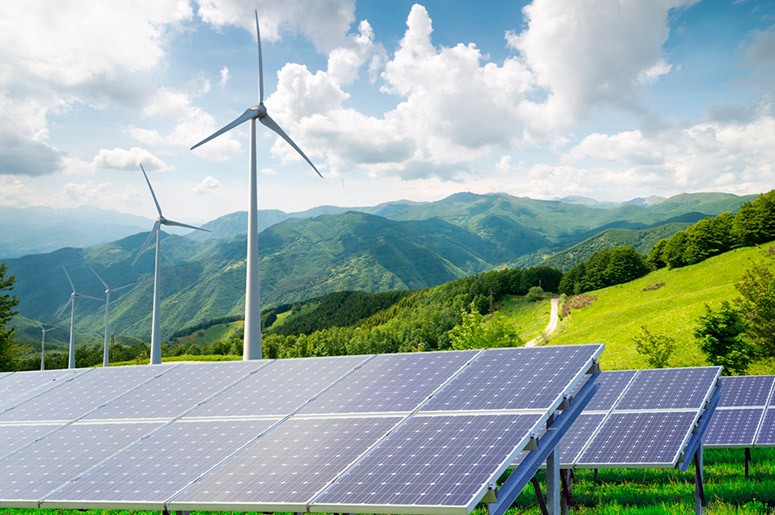
Microgrids will generate, transmit and store electricity according to predetermined rules. This will control flows and balance supply and demand. Benefits of using DLT in the power sector:
- Settlements between electricity suppliers and consumers will become easier.
- Many private microgrids will emerge, which will reduce energy losses when traveling long distances.
- Participants in such systems will be able to sell excess resource to other users.
Automotive industry
Major players in the industry have been exploring distributed technology for several years. In 2019, Toyota launched a blockchain lab. The company intends to implement DLT in its core business. The technology is already being applied in several areas:
- Customer and vehicle identification.
- Monitoring of deliveries.
- Digitization of assets to leverage more financing methods.
In 2023, Toyota Blockchain Lab is developing a platform for the secure exchange of data between cars. A similar project is being implemented by General Motors. In 2020, the American concern patented a navigation map on blockchain. The company placed sensors in cars. While driving, the sensors will collect data about the surrounding area and compare it with already existing maps in real time.
Vehicle mileage data, repair and maintenance history can be recorded on the blockchain. This will allow manufacturers, dealers, buyers, and insurance companies to get reliable information about the vehicle.
Consumer goods
In 2023, manufacturing companies are actively utilizing distributed technology. DLT improves the efficiency and transparency of the following supply chains:
- Receipt of raw materials to produce goods.
- Shipment of finished goods to distributors, retailers, and other customers.
These destinations consist of a large number of small links. A decentralized network captures the routes of intermediaries. Blockchain also solves other challenges for the manufacturing industry:
- It automates document flow. All agreements between partners are entered into a smart contract. Payments for goods are received automatically once the products are delivered. This eliminates disputes and problems related to lost documents, fraud.
- Ensures transparency of the origin of raw materials and the production of the product. It reduces legal risks. Manufacturers and buyers can verify the safety and quality of materials.
- Ensures reliability of equipment and machinery parts. Technology guarantees the originality of spare parts and their compliance with standards.
- Increases the geographic markets for products. DLT also reduces the risk of product returns.
Food industry
The open information space requires businesses to be transparent. In the food industry, communication between manufacturers and the end customer emphasizes product safety. There are also groups of products on the market made with special technologies. Labels “organic”, “halal” and others mean that the company has created conditions for the production of such products. However, there is no guarantee that each unit of goods meets the requirements.
A distributed register solves this problem. Each stage of food production is recorded in the network. Market operators and buyers can get information about the origin of the goods, their composition and processing methods. The system tracks the movement of products along the supply chain – from the purchase of raw materials to realization to the end consumer.
In 2023, industry companies are implementing decentralization mechanisms in production. Ripe tracks the supply of products to retailers and controls their origin. The company offers customers to check the quality of goods in a mobile app.
Prospects for the introduction of technology in the industrial sector
According to the calculations of the audit company PricewaterhouseCoopers (PwC), the introduction of technology over the next 5 years will bring $1.76 trillion to the global economy and create more than 40 million jobs by 2030.
Experts are betting on the Asian market. It is assumed that by the end of the 3rd decade China will generate $440 billion of net profit due to decentralized solutions.
The U.S. will be able to get $402 billion from blockchain implementation during the same period. Germany will increase its GDP by $95.3 billion, the UK and France – by $72.2 billion and $58.5 billion respectively.
PwC notes: decentralized technology will improve the quality of supply, financial services and data accounting in industry. According to analysts, 51% of large companies have identified digitalization of business as a priority.
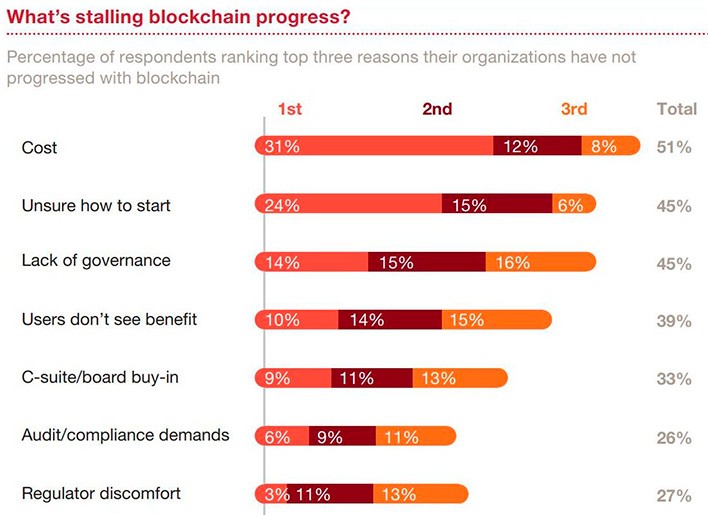
Application of blockchain in Russia
The concept of smart manufacturing was first formulated in Russia 13 years ago – even before the concept of Industry 4.0 was developed in Germany. In 2017, Russian President V. Putin declared the priority of digital technology development within the framework of the St. Petersburg International Economic Forum. After that, blockchainization of the economy became a state trend.
In 2017, the “4.0Ru” program was launched. The project to create a unified digital space for Russia’s industry was developed by the Ministry of Industry and leading companies. The concept provides for the comprehensive implementation of digital solutions in all levels of industry. In 2019, the state program “Digital Economy of Russia” appeared, aimed at creating a sustainable and secure infrastructure for data storage, transmission and processing in the economy.
In 2023, blockchain is already being applied in industry:
- Nornickel. Russia’s fourth largest company by capitalization is using decentralization principles to simplify metal trading. The organization keeps track of raw materials in a distributed ledger and issues a token backed by palladium, copper and cobalt.
- Gazprom Neft. The company is one of the three largest oil producers in Russia. The organization has developed a blockchain-based Smart Fuel system for air refueling.
Digital solutions are used in all sectors of the economy. Russia’s second largest airline S7 Airlines sells tickets through a decentralized network. Sberbank is developing projects for mortgage lending, factoring, and insurance on blockchain. The National Settlement Depository plans to move the servicing of securities transactions to a distributed network.
Summary
Corporate interest in blockchain solutions has become evident over the past few years. Companies have seen in them the potential for radical improvement of production processes. A distributed registry secures proprietary information, builds trust between partners, and reduces the cost of paying intermediaries. In 2022, the basic principles of decentralization are used at all production levels. DLT keeps systems running smoothly and accurately as long as there is at least one registered node on the network.
Many businesses are finding benefits in utilizing blockchain in various sectors. This will help shape the fourth industrial revolution known as Industry 4.0.
Frequently Asked Questions
❓ What is DLT?
Distributed Ledger Technology is publicly available protocols based on open source consensus algorithms.
🔎 How can a blockchain mechanism change manufacturing?
Blockchain solutions bring new levels of quality to the supply of raw materials and finished products, settlements between counterparties, and internal business processes.
📲 How will the introduction of blockchain solutions in production affect the economy?
Experts predict a $1.76 trillion increase in global GDP by 2030.
💻 How is Norilsk Nickel using a distributed ledger?
The company keeps a record of minerals in a digital network and sells a token backed by valuable metals to partners.
💡 Does the Russian government support innovation in industry?
The Russian Federation has government programs for digitalization of the economy and production. Within the framework of national projects, laws are developed and financial support is provided to enterprises.
Is there a mistake in the text? Highlight it with your mouse and press Ctrl + Enter
Author: Saifedean Ammous, an expert in cryptocurrency economics.


